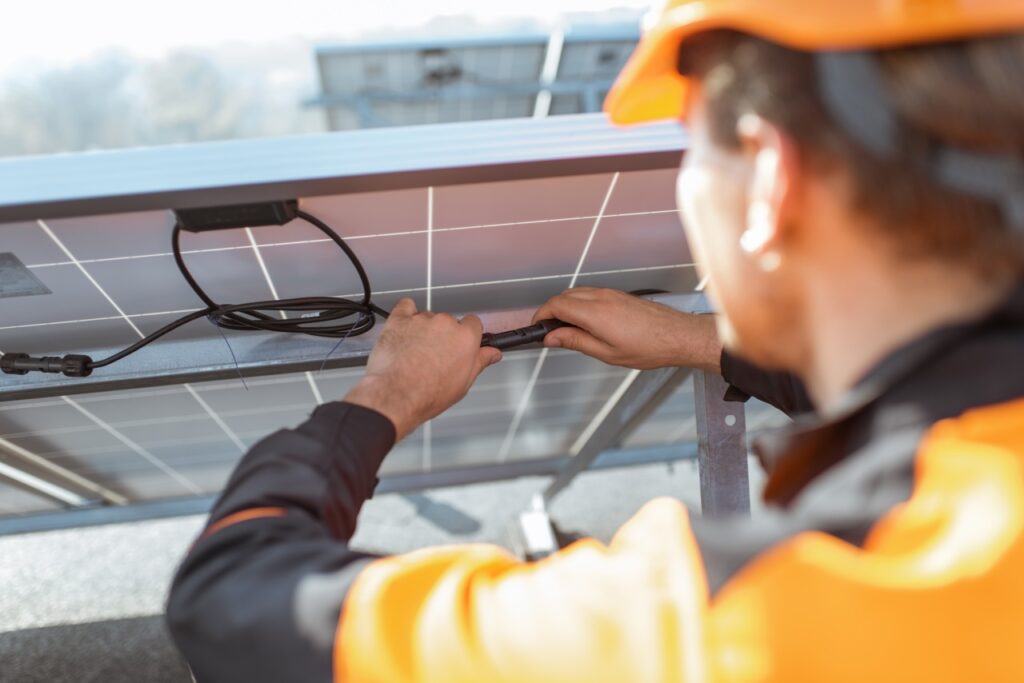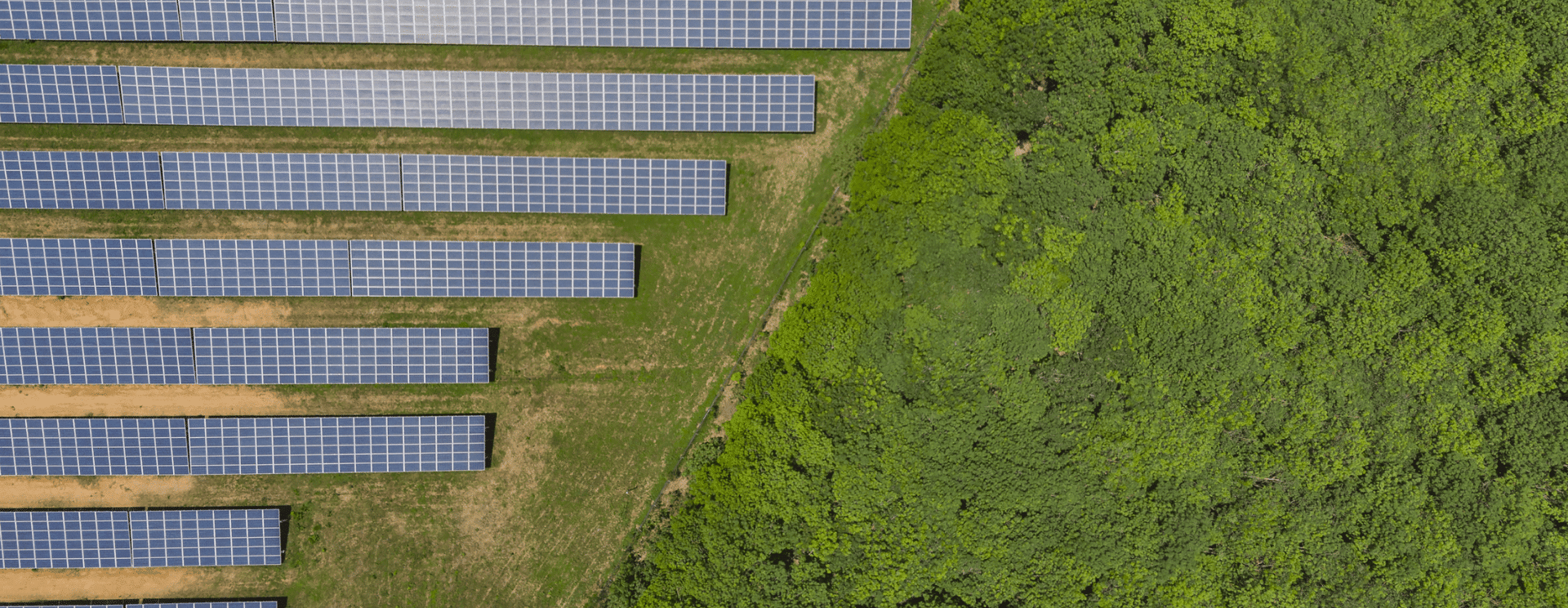How Are PV Jumpers and PV Adapters Used in Solar Systems?

When you think about the parts of a solar array, PV jumpers and adapters probably aren’t the first things that come to mind.
That’s because solar arrays are complex projects relying on thousands of small, often unheralded pieces coming together to produce electricity. Unlike readily seen parts like the panels and racking, jumpers and adapters seem like an afterthought until you need them.
Despite their small size, PV jumper cables and adapters have a gigantic role in keeping the system working well. Often going unnoticed, they ensure power moves seamlessly from the panels to the combiner box and eventually the grid.
The Low-Down on Solar Jumper Cables
Solar jumper wire works similarly to jumper cables for cars, transferring electricity from one solar panel to another.
These short lengths of PV wire have MC4 (or site-specific) connectors on both ends and connect solar panels together along a row. Their job is to connect solar panels to one another, usually the positive and negative terminals on neighboring panels.
When fully connected, extension cables connect panels into a parallel system to create a series of panels. They also allow more streamlined installations to move power from the panels to the larger electrical grid.
Jumpers also have a purpose outside community- and utility-scale solar installations. Residential direct current (DC) solar systems use them as a home run to the inverter box and to connect devices through optimizers and micro inverters.
Made to Order
Depending on the system, manufacturers can custom-make PV jumper wire to fit specific site demands.
Although workers in the field can make their own jumpers, it’s tough to ensure quality is the same across the board. Manufacturers remove the guesswork, ensuring every cable is consistent and quality-checked before arriving at the job site.
The result is a faster installation with fewer mistakes because workers aren’t cutting, crimping, or fitting connectors.
What are PV Adapters?
MC4s are among the most common connectors used on solar installations but aren’t the only ones workers may see.
If the site is older, you may come across older MC3 connectors. MC3 connectors were widely used in the early and mid-2000s but fell out of favor because they didn’t have locking mechanisms. Without a locking mechanism, the connectors could disconnect, resulting in lost power and potentially dangerous situations.
Other sites may not have connector requirements specified. Companies may try to find cost-effective connectors like MC4s but with subtle differences.
Solar adapters are critical to unifying the entire site when connectors must be uniform. PV adapters have different connectors on each end, letting workers quickly convert from one connector type to another.
The wires allow workers to avoid tearing out thousands of feet of wire, replacing countless connectors in the field, or sacrificing power generation. Sites also maintain continuity throughout the installation, limiting the risk of faulty connections or lost power.
Steady Flows and Time Savings
Although they’re easy to overlook, prefabricated solar assemblies like PV jumpers and adapters keep solar arrays operating smoothly.
Jumpers connect individual panels to maintain steady power flows from the panels to the greater system. Meanwhile, adapters ensure every connector is the same across the site to maintain continuity.
Both save time and money on the job site and ensure the system works as well as it should. Without them, installations and retrofits would be a time-consuming nightmare, leaving the door open for potential site problems.
When it’s often said the whole is greater than the sum of its parts, these two cables do a pretty good job of keeping solar sites running at peak power.


